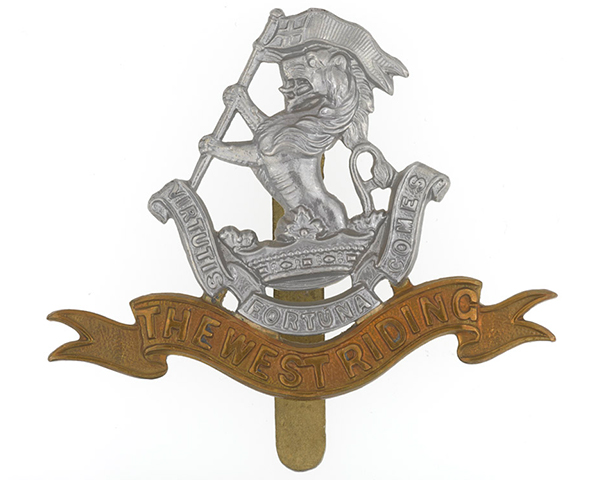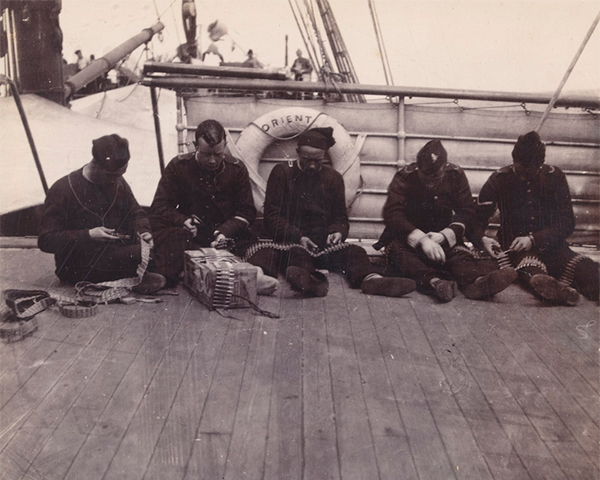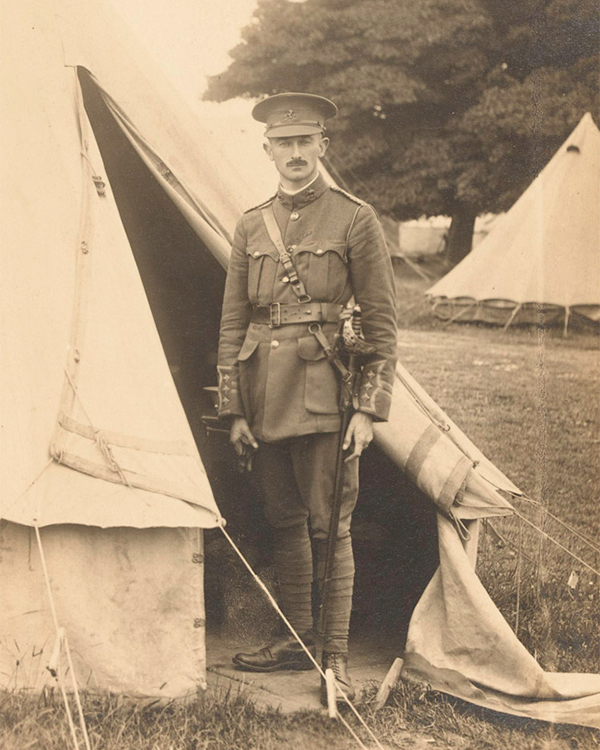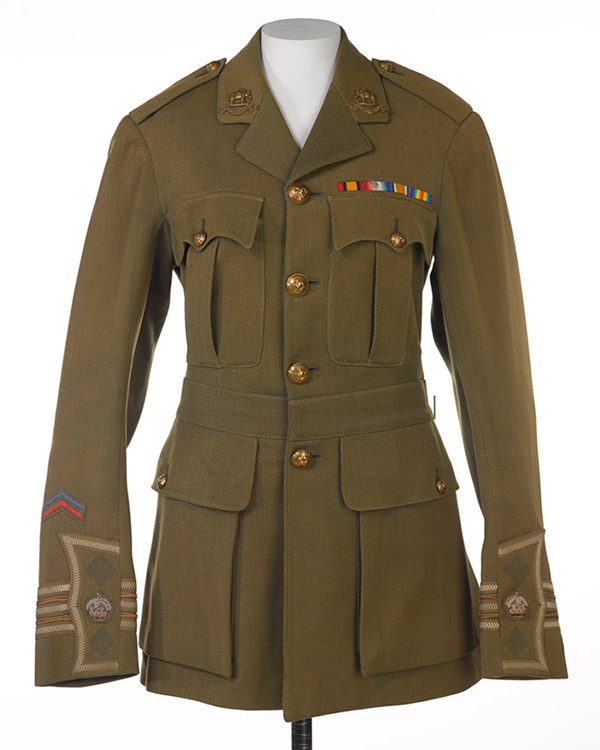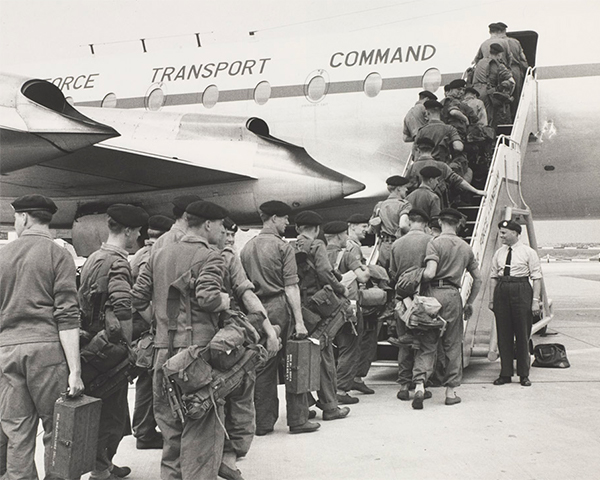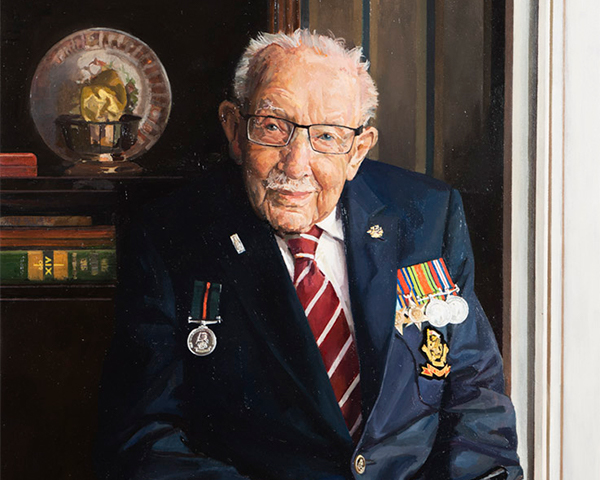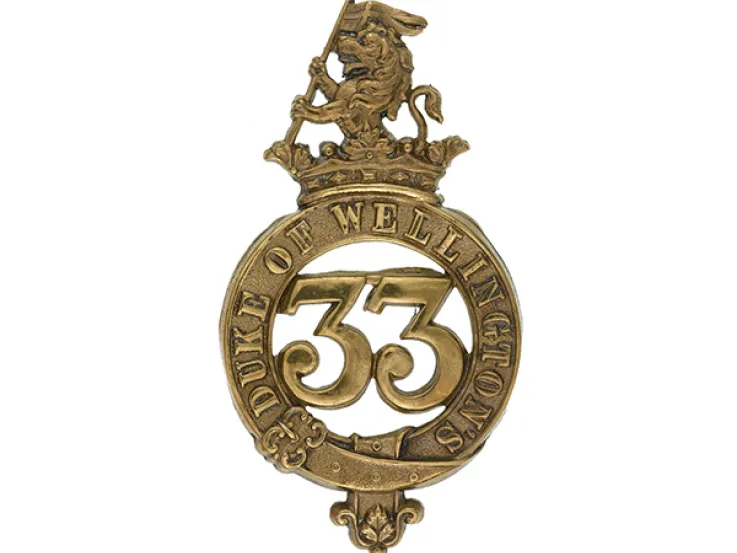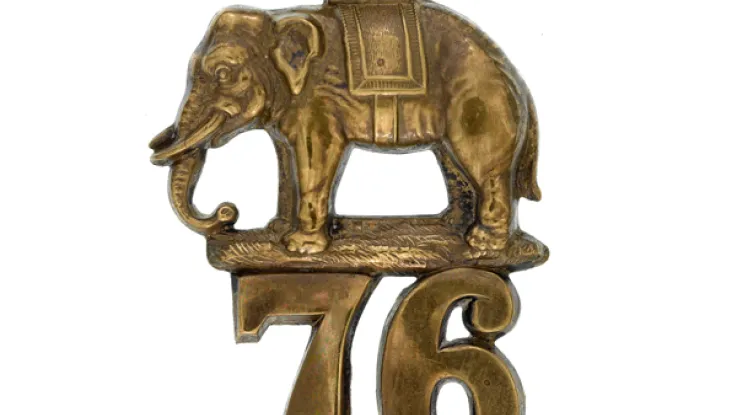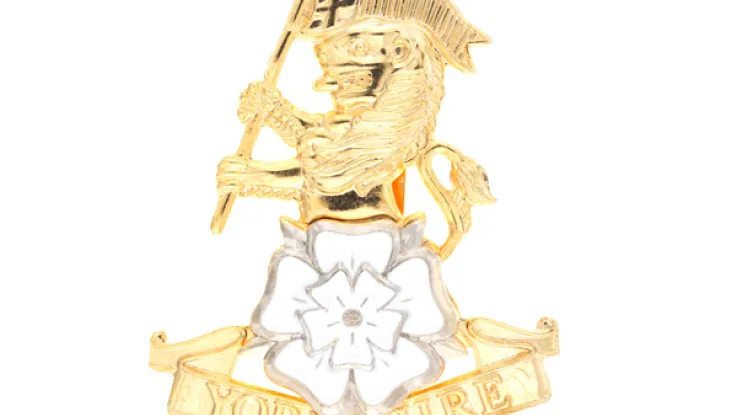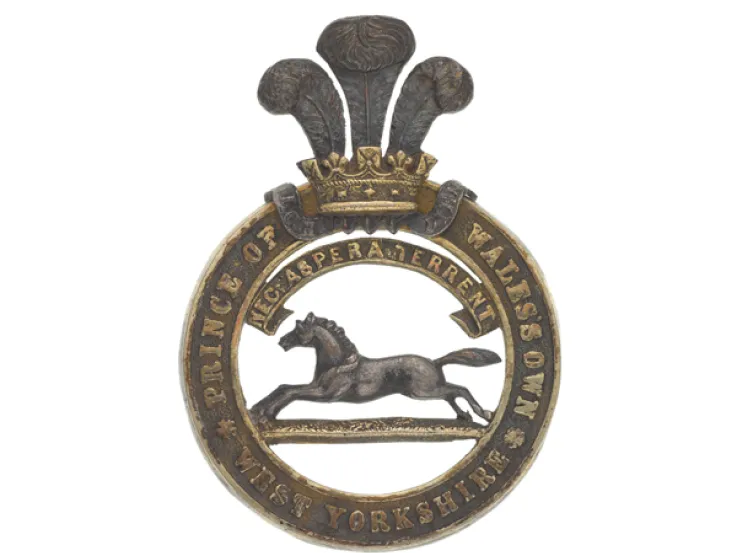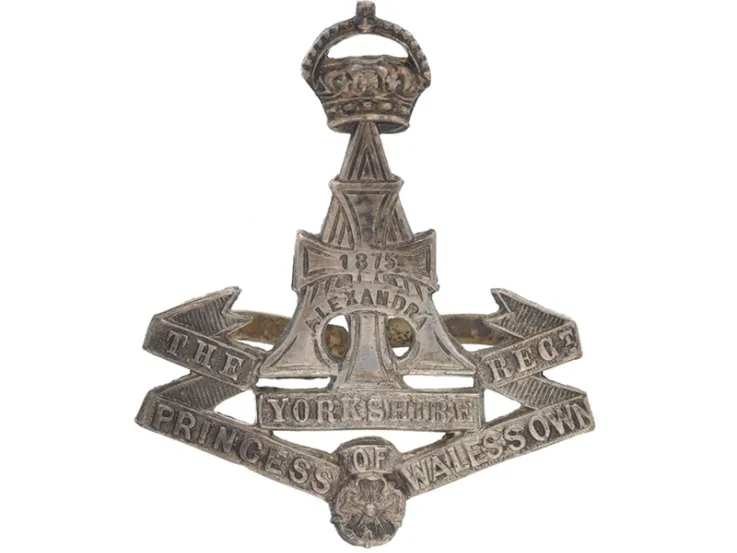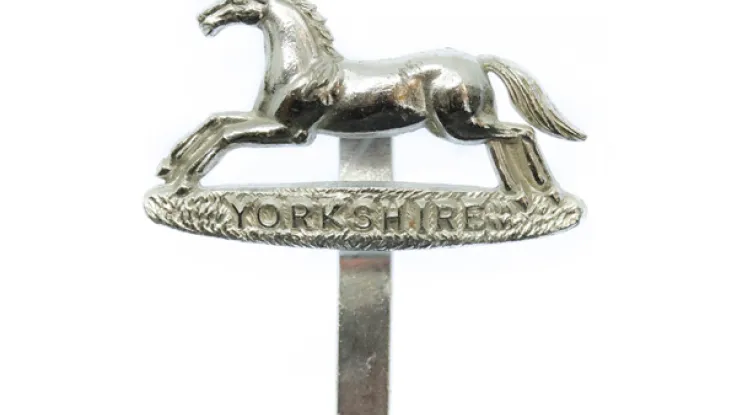Origins
In the Army reforms of 1881, several county regiments were created by merging existing line infantry units. One of these was The Duke of Wellington’s (West Riding Regiment), formed by amalgamating the 33rd (The Duke of Wellington’s) Regiment of Foot and the 76th Regiment of Foot. These became the new unit’s 1st and 2nd Battalions respectively.
The new regiment inherited the 33rd’s title as well as its county affiliation with the West Riding of Yorkshire.
Early deployments
At the time of the merger, 1st Battalion was in India. It arrived home in 1889 and then deployed to Malta for three years from 1895. It also fought in the Boer War (1899-1902) at Paardeberg and Kimberley.
Meanwhile, 2nd Battalion was in Ireland in 1881, returning to England four years later. It spent the rest of the 19th century in Bermuda, Nova Scotia, the West Indies, South Africa and Burma.
After the Boer War, 1st Battalion returned to Britain in 1902. That same year, 2nd Battalion moved to India, where it was replaced by 1st Battalion in 1905.
First World War
On the outbreak of the First World War (1914-18), 1st Battalion was still in India, remaining there throughout the conflict. In August 1914, 2nd Battalion deployed from Ireland to the Western Front and stayed there until the Armistice in 1918.
The regiment also raised 19 Territorial and Service battalions between 1914 and 1918, which served in Britain, France and Gallipoli. It counted the future playwright JB Priestley among its privates.
Inter-war deployments
In 1919, 1st Battalion fought in the Third Afghan War before moving to Palestine in 1920, Ireland in 1921 and Germany in 1922. In 1923, it returned to England and remained there until 1939, except for two years in Malta.
2nd Battalion also spent a few years in Ireland during the War of Independence (1919-21), before moving to Egypt in 1922, Singapore in 1926, and India in 1931.
During these inter-war years, the regiment underwent a minor name change, becoming The Duke of Wellington’s Regiment (West Riding) in 1921.
Second World War
On the outbreak of the Second World War (1939-45), 1st Battalion deployed to France and was evacuated from Dunkirk in 1940. It stayed in England until March 1943, when it landed in Tunisia, moving on to Italy later that year. 2nd Battalion stayed in India and the Far East throughout the conflict, fighting in Burma from 1942 onwards.
Among the men serving in Burma by 1944 was Captain Tom Moore. He had joined the regiment in 1940 and was knighted by Queen Elizabeth II in July 2020 for his fundraising efforts in the run-up to his 100th birthday during the Covid-19 pandemic.
In 1944, two of the regiment’s Territorial battalions were landed in Normandy three days after D-Day.
Post-war deployments
By the end of the war, 1st Battalion was back in Palestine, where it remained until 1947. The two regular battalions were merged in 1948, before moving to Germany in 1951.
The following year, the regiment deployed to the Korean War (1950-53), where it won a battle honour at the Hook (1953) for holding off 6,500 Chinese with only 126 men killed, wounded or missing.
The regiment carried out peacekeeping duties in Cyprus from 1956, moving to Northern Ireland the next year. It was in Kenya and British Honduras (now Belize) in the early 1960s before returning to duties with the British Army of the Rhine in Germany for three years in 1963 and garrison duties in Hong Kong in 1968.
It alternated between England, Northern Ireland and Germany throughout the 1970s and 1980s and was also in Belize in 1985 and Bosnia in 1994. In 1998, it went on its 11th and final posting to Northern Ireland. It sent one company to Kosovo in 2003, a year that saw the rest of its troops join the invasion of Iraq.
Legacy
The regiment was back in Britain by 2006, when it was merged with The Green Howards and The Prince of Wales’s Own Regiment of Yorkshire to form The Yorkshire Regiment.
Regimental museums
The National Army Museum works with a network of Regimental and Corps Museums across the UK to help preserve and share the history and traditions of the Army and its soldiers.
Discover more about The Duke of Wellington's Regiment (West Riding) by visiting the Duke of Wellington's Regiment Museum in Halifax.


